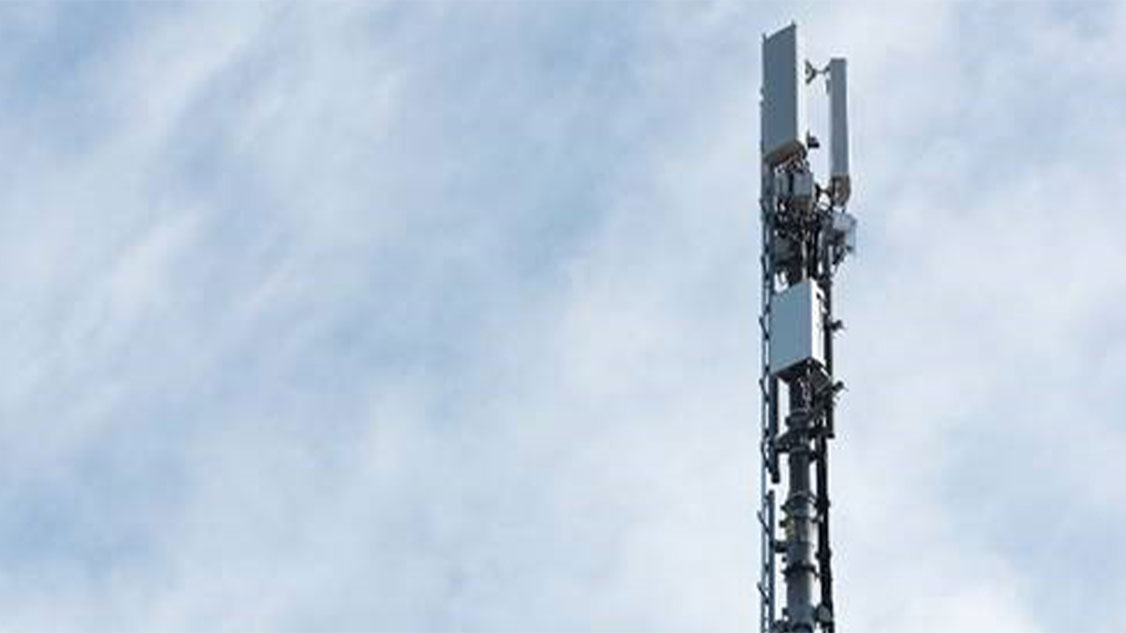Mobile communications
Do mobile masts produce excessive radiation levels?
“One in five mobile masts emits excessive radiation levels” or “Radiation limits greatly exceeded”: the headlines in consumer protection publications and other media are stark. But what is the truth? We asked Andreas Müller, who is responsible, among other things, for ensuring that Swisscom mobile communication masts comply with the set limits.
